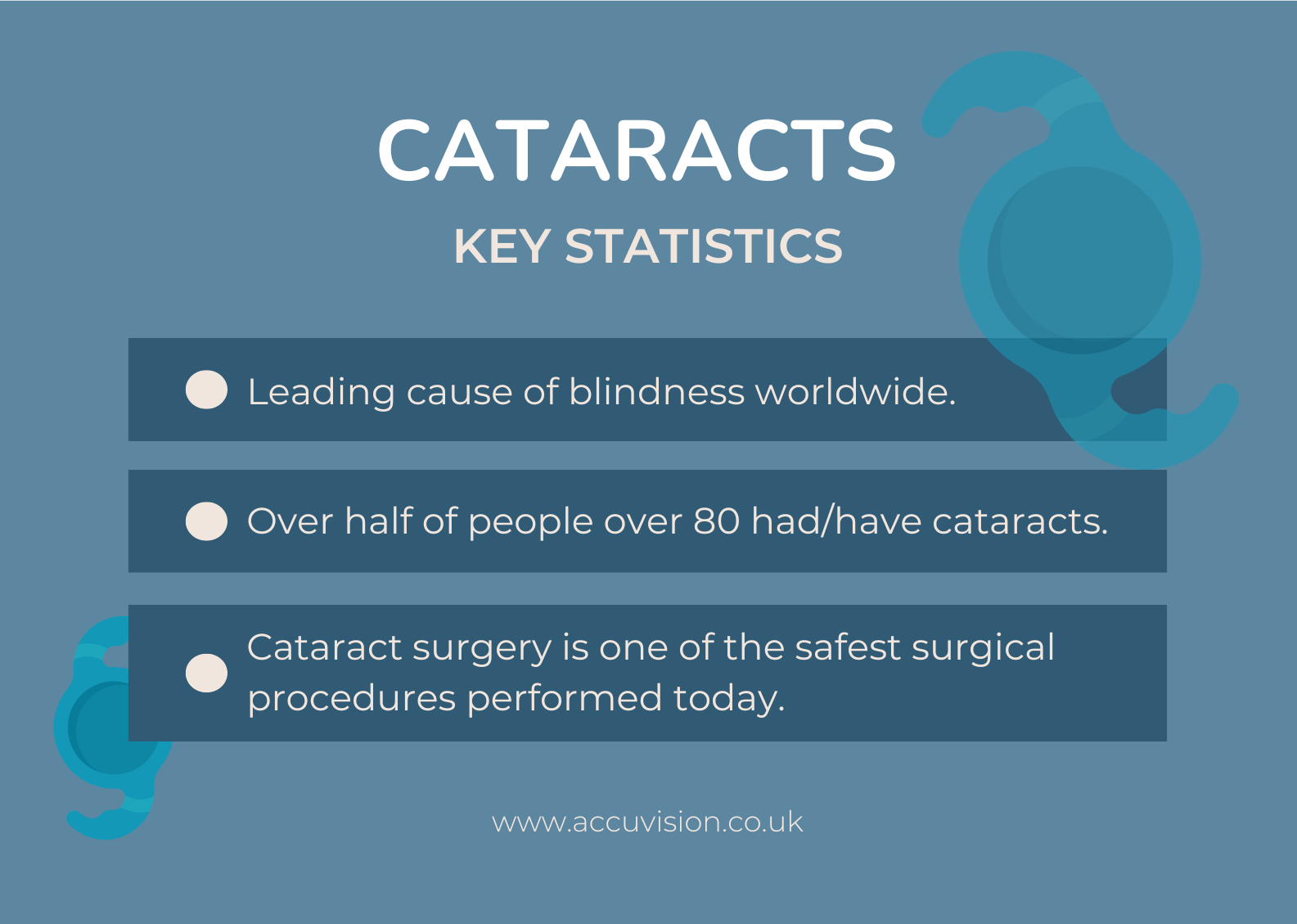The ability to see is one of our most valuable faculties, and its deterioration can be deeply transformative. When the transparent, outer layer of the eye the cornea becomes scarred or sick, it can result in major visual disability, discomfort, and a reduced standard of living. In these situations, a cornea transplant, also called keratoplasty, remains an incredible and frequently transformative surgical operation. This complex process involves substituting a diseased or opaque section of the cornea with clear donor tissue from a deceased person. The advantages of this operation reach well past merely enhancing the sharpness of one’s eyesight; they affect almost every facet of a person’s everyday life and health.
The most direct and significant advantage of a effective cornea transplant is the return of useful eyesight. A scarred or misshapen cornea disrupts light as it passes into the eye, stopping a sharp picture from being projected onto the retina. This can make the world appear blurry, hazy, or filled with painful glare, rendering tasks like reading, driving, and causes cataracts recognizing faces incredibly difficult. By exchanging the damaged tissue with a transparent, healthy graft, the procedure permits light to pass into the eye correctly once more. The result is often a dramatic improvement in visual acuity, contrast sensitivity, and overall image quality. For many patients, this signifies the difference between severe impairment and the capacity to view their surroundings with amazing detail once more.
 Past the quantifiable sharpness of vision, a cornea transplant can supply enormous relief from physical irritation and suffering. Certain corneal conditions, such as bullous keratopathy, cause the cornea to swell, leading to persistent pain, a foreign body sensation, and extreme sensitivity to light. This chronic pain can be debilitating, making it hard to keep the eyes open in normal lighting conditions and disrupting sleep. A transplant removes the diseased tissue responsible for this pain, offering a permanent solution to this type of chronic ocular discomfort. The freedom from this continuous physical weight is, for many individuals, equally as precious as the enhancement in their vision.
Past the quantifiable sharpness of vision, a cornea transplant can supply enormous relief from physical irritation and suffering. Certain corneal conditions, such as bullous keratopathy, cause the cornea to swell, leading to persistent pain, a foreign body sensation, and extreme sensitivity to light. This chronic pain can be debilitating, making it hard to keep the eyes open in normal lighting conditions and disrupting sleep. A transplant removes the diseased tissue responsible for this pain, offering a permanent solution to this type of chronic ocular discomfort. The freedom from this continuous physical weight is, for many individuals, equally as precious as the enhancement in their vision.
The benefits of restored vision and comfort naturally cascade into a dramatic enhancement in overall quality of life and independence. Eyesight deterioration can result in social withdrawal, sadness, and a significant dependence on others for routine activities. The capacity to view sharply again enables people to take back their independence. They can go back to employment, restart operating a vehicle, appreciate pastimes like sewing and sports, and participate more completely in community and household life. This restoration of function fosters a renewed sense of confidence, self-esteem, and participation in the world. The psychological and emotional lift that comes with this regained independence cannot be overstated.
Contemporary cornea transplant surgery has advanced considerably, providing methods that deliver better results and quicker healing periods. Procedures like Descemet’s Membrane Endothelial Keratoplasty, or DMEK, and Descemet’s Stripping Automated Endothelial Keratoplasty, or DSAEK, are partial-thickness transplants. These advanced methods replace only the diseased inner layers of the cornea while leaving the healthy outer structure intact. This targeted approach results in a stronger structural integrity of the eye, a dramatically reduced risk of graft rejection, and much faster visual recovery. The advent of these sophisticated techniques means that the benefits of a transplant are now more accessible and predictable than ever before.
Finally, a corneal transplant is an operation that revitalizes hope and returns possibility. It is a proof of the strength of medical technology and the deep generosity of organ and tissue donors. The advantages are multi-layered, including not only the physical function of seeing but also the mental and practical liberty that sharp eyesight supplies. For an individual existing in a fuzzy and uncomfortable world, the operation offers an opportunity to re-connect with life with sharpness, ease, and assurance. It is a second chance to see the faces of loved ones, to appreciate the beauty of the world, and to live independently, making it one of the most impactful and successful interventions in all of medicine.